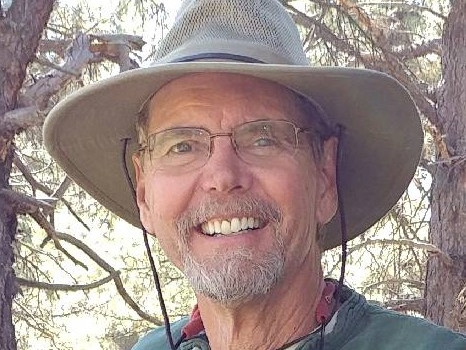When teaching high school astronomy, Bryan’s class constructed a full-scale model of Stonehenge. This stimulated his research into Hopi and Puebloan astronomy when he researched the moon’s 18.6 year minimum-maximum azimuth light pattern shift across the “Sun Dagger” site atop Fajada Butte at Chaco Canyon. His research on a solar calendar wall at Wupatki National Monument was published in the 5th Oxford International Conference on Archaeoastronomy proceedings, a petroglyph solar calendar site was published in the 6th Oxford Conference, and he was the Conference Chair and co-Editor of the Proceedings of the 7th Oxford International Conference. He researched potential archaeoastronomy sites at Mesa Verde National Park which was published by the 8th Oxford Conference. Bryan has 10 peer-reviewed publications and has been Co-Editor of four conference proceedings. He was the Chair/Co-chair of five conferences on cultural astronomy in the Southwest and is a Founder of and long-term Board member of the Society for Cultural Astronomy in the American Southwest.
Bryan taught Cultural Astronomy at Coconino Community College (CCC), where he obtained a NASA “Space Grant” to create the college curriculum and teach the first college-level cultural astronomy course west of the Mississippi. Bryan retired as an Emeritus Science Professor in 2016 at CCC having taught Biology, Environmental Science, Natural History, and Chemistry. He supplements his active life by guiding for such organizations as the National Geographic, Smithsonian Institute, Betchart Expeditions, and Grand Canyon Conservancy Field Institute.

